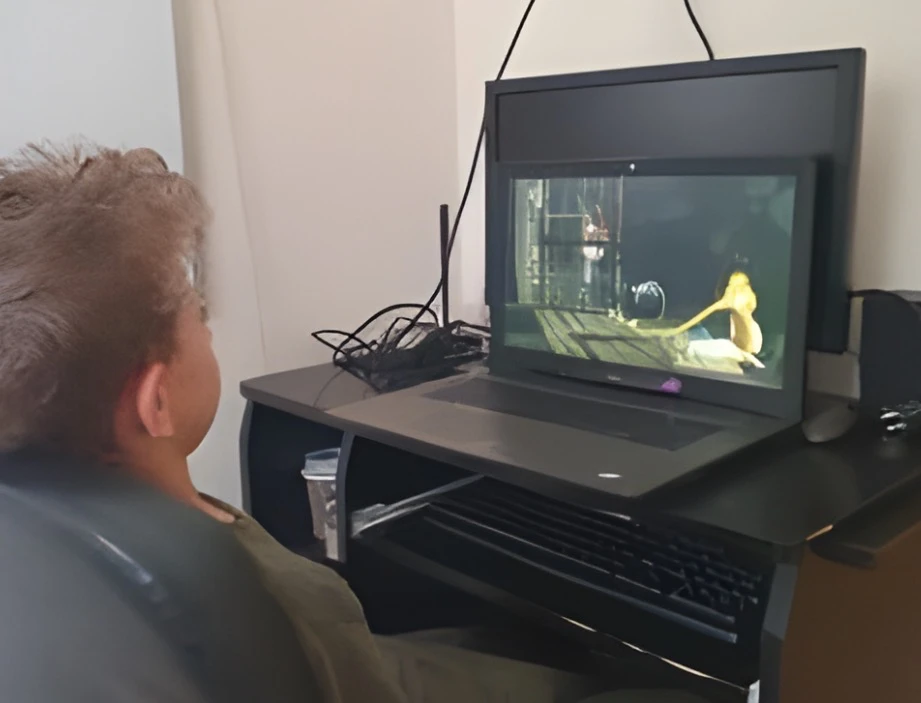*How did you first become interested in accessibility? *
I first became interested in accessibility after I encountered the field of critical/new musicology – a field which seeks to understand the relationship between society and music. Upon further study, I became aware of the inaccessible nature of society to people with disabilities and the importance of giving greater attention to the experiences of both historical and present disabled musicians. This interest expanded to encompass media and the arts in general and in particular ways in which creators can make their content accessible to everyone.
What surprised you most in your work practice?*
What surprised me the most about accessibility in music is the sheer lack of information regarding the intersection between music and disability. Whilst books such as the Oxford Handbook of Music and Disability Studies play an essential role in providing this information, the dearth of musical research into accessibility and music is symptomatic of a wider society which neglects disabled voices. This lack of content in musicology, in particular, surprised me given the popularity of musical fields such as feminist musicology which also address marginalised communities (in this case women).
Are there any restrictions or boundaries you (have to) abide by?
In the field of accessibility, providing a balance between delivering creative, accessible content and meeting realistic goals is essential. Whilst, for instance, content creators cannot restore sight to people who are visually impaired, they can strive to provide detailed and vivid audio description which creates an immersive experience for the individual.
In a similar vein, whilst music venues cannot adjust the sound of the music for every individual, they may allow people to sit at the front or back of the venue or provide devices such as noise-cancelling headsets. It is true, therefore, that when addressing accessibility in music there are restrictions or boundaries based on what is currently feasible but these should not be a barrier to making media content available to everyone.
What do you hope to achieve through your work?
Through my work, I hope to shine a light on the ways in which content creators can integrate accessibility into their work using the technology available in the 21st century. Through this, I hope that content creators can incorporate these ideas into their development of art forms such as film, music and visual art. In so doing, they will be able to positively affect the lives of a diverse array of people – perhaps the most important aspect of art.
Can you tell us a little about your forthcoming projects (related to accessibility)?
In the near future, I will create a series of online articles based on the discussion and information presented at the conference surrounding accessibility in media. In this, I will also include my own thoughts on the lives of disabled composers and musicians and highlight up-and-coming artists who show an awareness of the importance of accessibility in their work.




